1. Script Analysis and Selection
AI algorithms can analyze and predict the potential success of scripts by comparing them to historical data on viewer preferences and trends, helping producers select content that has a higher likelihood of resonating with audiences.
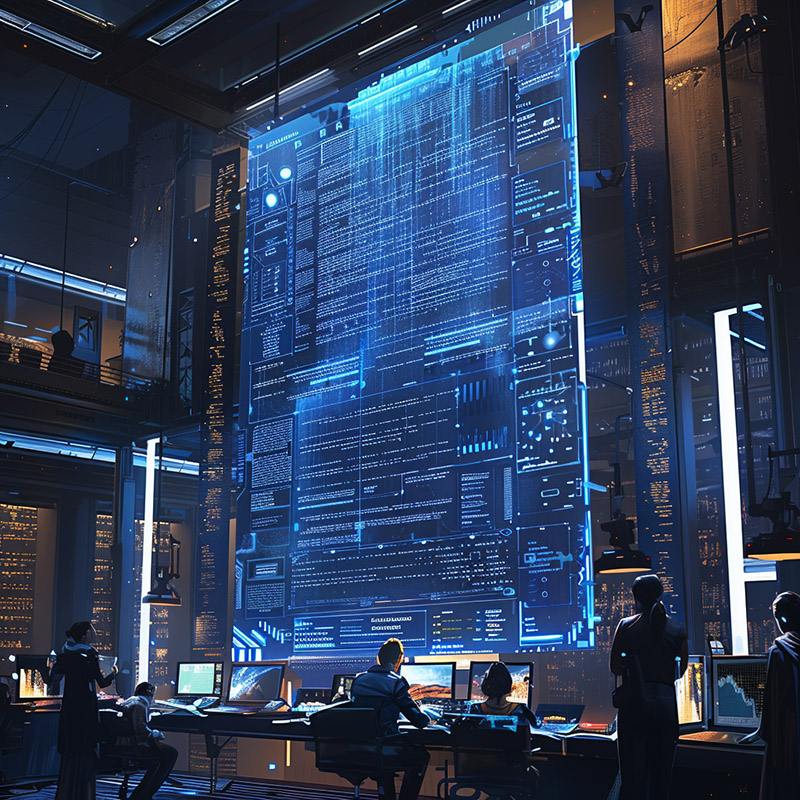
Selecting Scripts Before AI
The process of selecting scripts that would resonate with audiences was largely based on intuition, past experiences, and sometimes pure guesswork. Producers and networks often relied on traditional focus groups or the track record of writers and creators, which did not guarantee success and could overlook potentially groundbreaking content.
Selecting Scripts After AI
With AI-driven script analysis, producers can now leverage vast data sets to predict audience engagement and success probability of scripts with remarkable accuracy. AI analyzes themes, dialogues, and narrative structures, comparing them against trends and preferences in viewer data. This not only streamlines the selection process but also uncovers hidden gems that might have been previously dismissed, leading to more diverse and engaging content.
2. Casting Optimization
AI can assist in the casting process by analyzing actors' previous performances and audience reception to suggest matches that would best fit the characters in a script, potentially improving on-screen chemistry and audience appeal.
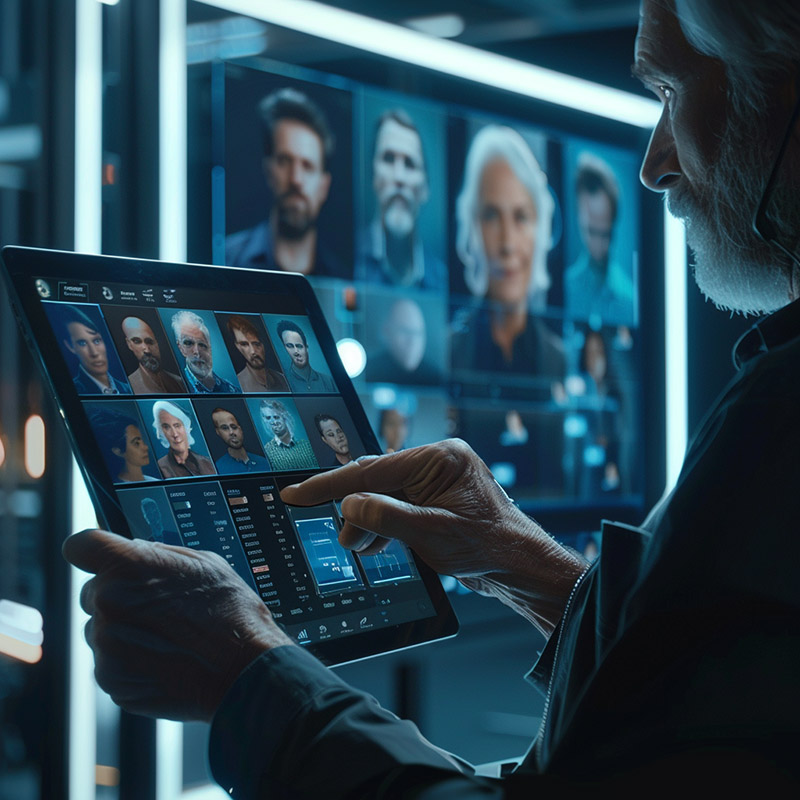
Casting Before AI
Casting decisions were often subjective, based on casting directors' and producers' personal judgments and experiences. While effective to a degree, this method could miss ideal actor-character matches, potentially affecting on-screen chemistry and audience reception.
Casting After AI
AI enhances casting by analyzing actors' past performances, audience reception, and even chemistry with other cast members through data. This provides casting directors with insights and recommendations for the best fit for each role, optimizing casting decisions to improve on-screen dynamics and audience appeal.
3. Automated Editing
AI-driven editing tools can streamline the post-production process by automatically assembling shots, adjusting color, and even suggesting edits based on the pacing and narrative structure of successful shows, significantly reducing editing time and costs.

Editing Before AI
Editing was a painstakingly manual and time-consuming process, with editors making decisions based on their expertise and subjective interpretation of the director's vision. While effective, this method could lead to inconsistencies and extended post-production timelines.
Editing After AI
AI-driven automated editing tools can significantly streamline the editing process, suggesting cuts, transitions, and even music based on the pacing and emotional tone of successful similar content. This not only speeds up post-production but also offers new creative perspectives, ensuring the final product is both polished and impactful.
4. Visual Effects Enhancement
AI technologies can create more realistic and complex visual effects at a fraction of the cost and time, enabling smaller production companies to include high-quality effects that were previously only achievable by large studios.

Effects Before AI
Creating high-quality visual effects (VFX) was resource-intensive, requiring significant time, expertise, and financial investment. This often limited the use of advanced VFX to high-budget productions, leaving smaller projects to compromise on visual quality.
Effects After AI
AI technologies now enable the creation of sophisticated VFX at a fraction of the previous cost and time. Smaller production teams can achieve cinematic quality effects, leveling the playing field and allowing for greater creative expression across the industry.
5. Voice Synthesis and Dubbing
AI-powered voice synthesis can generate realistic dubbing and voiceovers in multiple languages from a single performance, expanding international reach and making content more accessible to global audiences without the need for extensive re-recording.
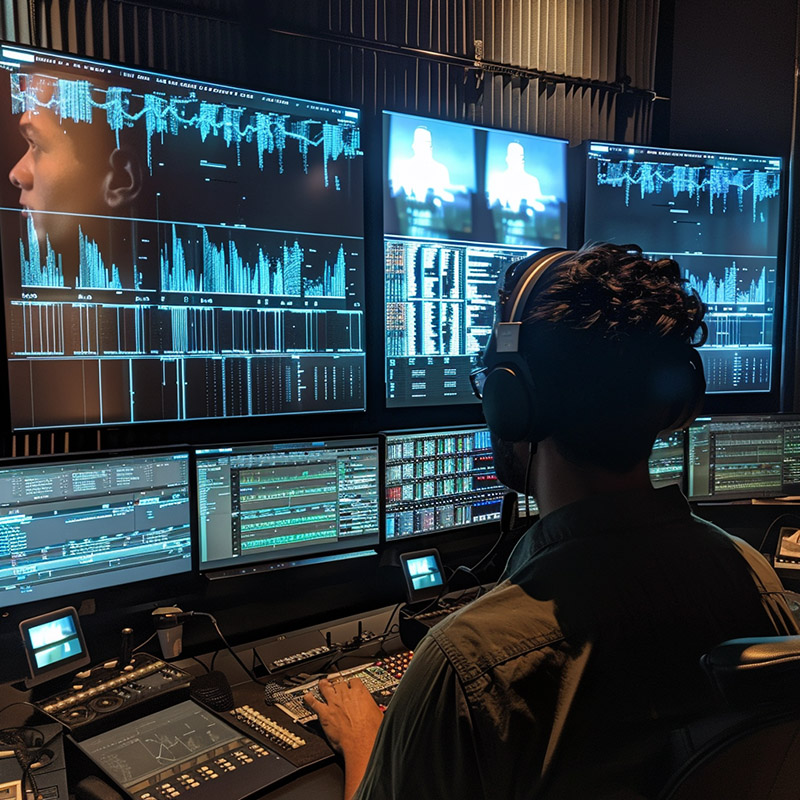
Voiceover Before AI
Dubbing and voiceovers required actors to re-record dialogue in multiple languages, a process that was both time-consuming and costly. This often delayed the international release of content and could result in less authentic-sounding performances.
Voiceover After AI
AI-powered voice synthesis allows for realistic dubbing and voiceovers in multiple languages from a single performance, drastically reducing production times and costs. This makes content more accessible to global audiences faster and maintains the emotional integrity of the original performance.
6. Predictive Audience Insights
By analyzing social media, viewing patterns, and feedback, AI can provide producers with insights into audience preferences and trends, guiding content development to better meet viewer expectations and interests.

Audience Analysis Before AI
Understanding audience preferences and trends relied heavily on historical data and market research, which could quickly become outdated. This made it challenging for producers to anticipate shifts in viewer interests, potentially leading to less relevant or engaging content.
Audience Analysis After AI
AI's ability to analyze real-time data from social media, viewing patterns, and direct feedback provides producers with up-to-the-minute insights into audience preferences. This allows for the agile development of content that resonates with current trends, ensuring higher engagement and satisfaction.
7. Efficient Resource Allocation
AI can optimize production schedules and resource allocation by predicting potential delays and suggesting adjustments, ensuring that projects stay on time and within budget.
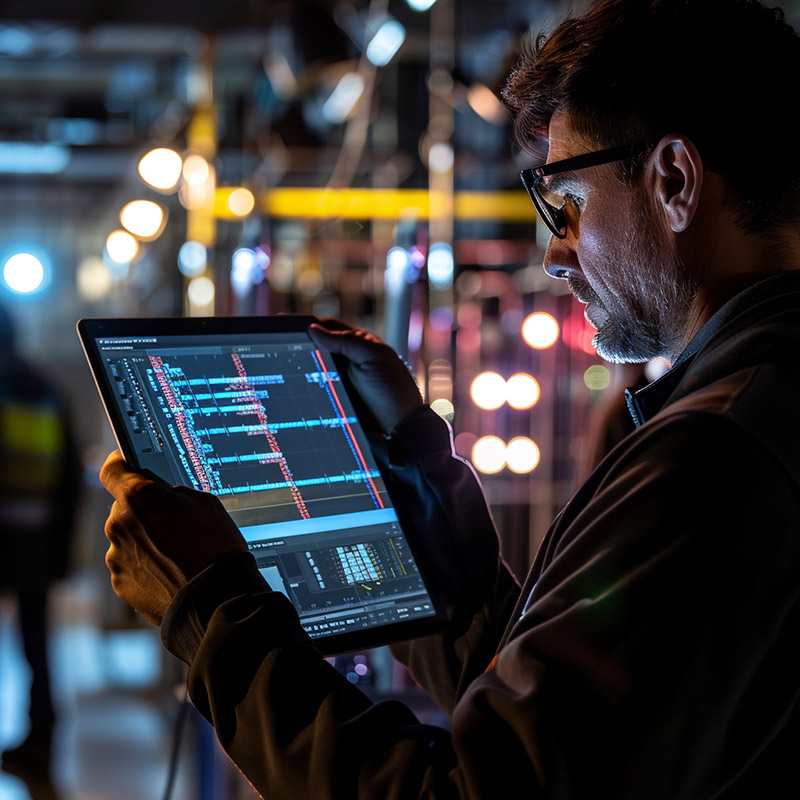
Resource Management Before AI
Production schedules and resource allocation were often planned based on estimations and could be easily derailed by unforeseen challenges, leading to budget overruns and delays in content delivery.
Resource Management After AI
AI optimizes production schedules and resources in real time, anticipating potential issues and suggesting adjustments to keep projects on track and within budget. This results in more efficient production processes, timely delivery of content, and reduced financial risk.
8. Content Personalization
AI can generate personalized content variations to cater to different viewer preferences or regional sensibilities, creating a more tailored viewing experience and potentially increasing viewer engagement.
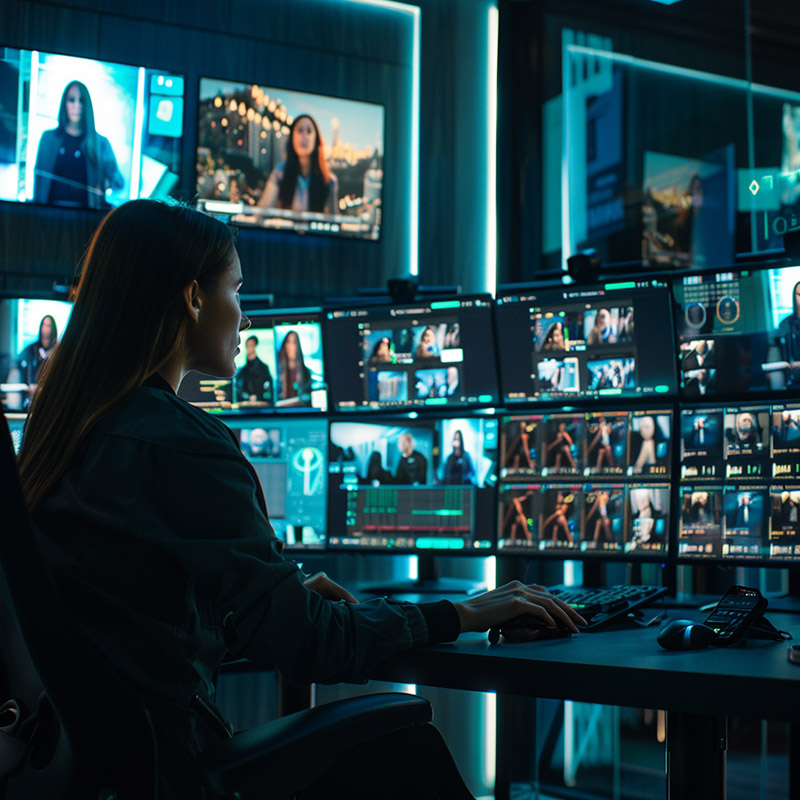
Content Relevance Before AI
Content was created with a broad audience in mind, following a one-size-fits-all approach. While this method had its successes, it often failed to fully engage viewers with specific interests or cultural backgrounds, limiting the content's reach and impact.
Content Relevance After AI
AI enables the creation of content variations to cater to different audience segments, offering personalized viewing experiences. By adjusting storylines, characters, or even cultural references, content becomes more relevant and engaging to diverse viewers, increasing loyalty and viewership.
9. Automated Quality Control
AI systems can scan for technical issues in audio and video quality, ensuring that the final product meets broadcast standards without the need for time-consuming manual review.

Quality Control Before AI
Quality control for audio and visual content was manually done by technical staff, a process that could overlook errors and inconsistencies, affecting the viewing experience and potentially harming the broadcaster's reputation.
Quality Control After AI
AI automates the quality control process, scanning content for technical issues with unparalleled precision and speed. This ensures that only the highest quality content reaches viewers, maintaining high standards and viewer trust.
10. Enhanced Marketing and Distribution Strategies
AI can analyze market trends and viewer data to recommend the most effective marketing channels, timing, and strategies for new releases, maximizing audience reach and engagement.

Marketing Before AI
Marketing and distribution strategies were often based on past experiences and broad demographic targeting, which did not guarantee reach to the most receptive audiences, potentially resulting in inefficient use of marketing budgets.
Marketing After AI
AI analyzes viewer data and market trends to tailor marketing and distribution strategies, identifying the most effective channels and timing for content releases. This targeted approach maximizes